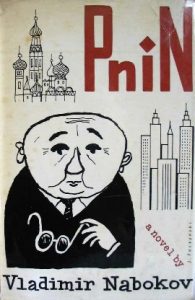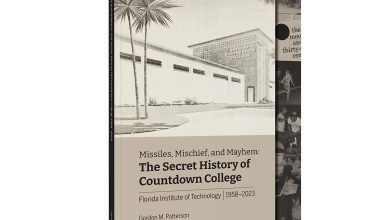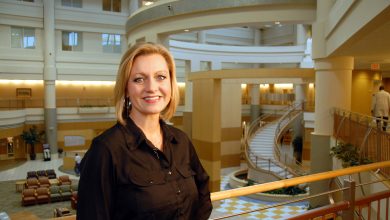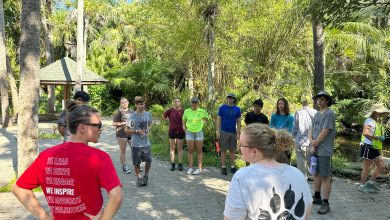Three on Thursday: Zoe Ashton
Today we hear from Zoe Ashton, a double major in Humanities and Math.
- What is the last topic you wrote about? If you’re a creative writer, tell us about what inspired your composition. If you’re a student or scholar doing research or journalism, explain the context of your piece and what motivated you to choose that topic.
Zoe: As a humanities student, I find I’m always writing about interesting topics ranging from flag symbolism in The Red Badge of Courage to monstrosity in “The Rime of the Ancient Mariner”. Most recently I’ve been working on my humanities capstone which focuses on the role of audiences in proof development. Contrary to many mathematicians’ beliefs, mathematical practice has an integral social component that affects everything from definitions of rigor to topic popularity. If mathematical audiences were willing to believe anything, then the proofs used in everything from engineering to biology might not be true.
The last major project I worked on before capstone analyzed the changes in superhero embodiment over time. Superhero embodiments simultaneously reflect the desires of a mainly male audience while conforming to what society at large considers acceptable. Applying embodiment theory develops an understanding of the relationship between fetishized bodies and gender equality both within and outside the comic book world.
- What conclusions or assumptions (right or wrong) might someone make if they looked at the books on your bookshelf/desk/backpack right now? Tell us about some particularly interesting selections and any books you’d recommend to others.
Zoe: Anyone looking at my bookshelves would probably be confused. They might think it was a communal bookshelf or that I’m a mess, whether or not that’s true is beside the point. My bookshelves really break into three main categories: math textbooks, history books, and fiction. As an applied math major, I’ve managed to build up a good library of math books. The biggest groups focus mainly on statistics and modeling techniques. The history books focus mainly on the Americas and Western Europe with the occasional trip into Russia. My fiction collection moves in the opposite direction. Russian literature takes up the majority of this group and not just in page count. I was once told that Russian novels are so long because they have to last through a Russian winter. I don’t know if this is true. But it certainly means there’s a lot to read and each author offers a truly unique experience. From Solzhenitsyn’s In the First Circle to Tolstoy’s Anna Karenina, Russian authors are unafraid to create complex characters and throw them into worlds where questions of right and wrong often go unanswered.
My favorite author is Vladimir Nabokov and anyone could tell that by looking at my bookshelves. I’d recommend any of his works. They’re generally short, always exceptional, and the topics are extremely varied. Pnin, for example, is about a Russian language professor for whom nothing goes well while Invitation to a Beheading is a nonsensical story of a man waiting to be executed in a bizarre world for a crime that no one will define. The most recent additions to my collection aren’t really on the bookshelf. All the books on philosophy of mathematics managed to dodge the shelves and stack up on the dresser. Finding a proper place for them on the bookshelf might give a semblance of cohesion to my book collection.
- What or who inspires you when you are feeling creative? Your response doesn’t necessarily have to be about writing. It could be about anything you do to express yourself creatively and the inspiration that fuels that creativity.
Zoe: Inspiration seems to happen anywhere so I always carry something with me to write on. When I don’t write down ideas, I either forget them or talk to myself about them. The process of putting thoughts, plans, or ideas down on paper really helps me refine them. Talking to myself seems to work just as well but it leaves no recorded history of how my ideas have changed. Going back to revisit past ideas is also a big source of inspiration because evaluating old ideas in a new light inspires even more paths.







